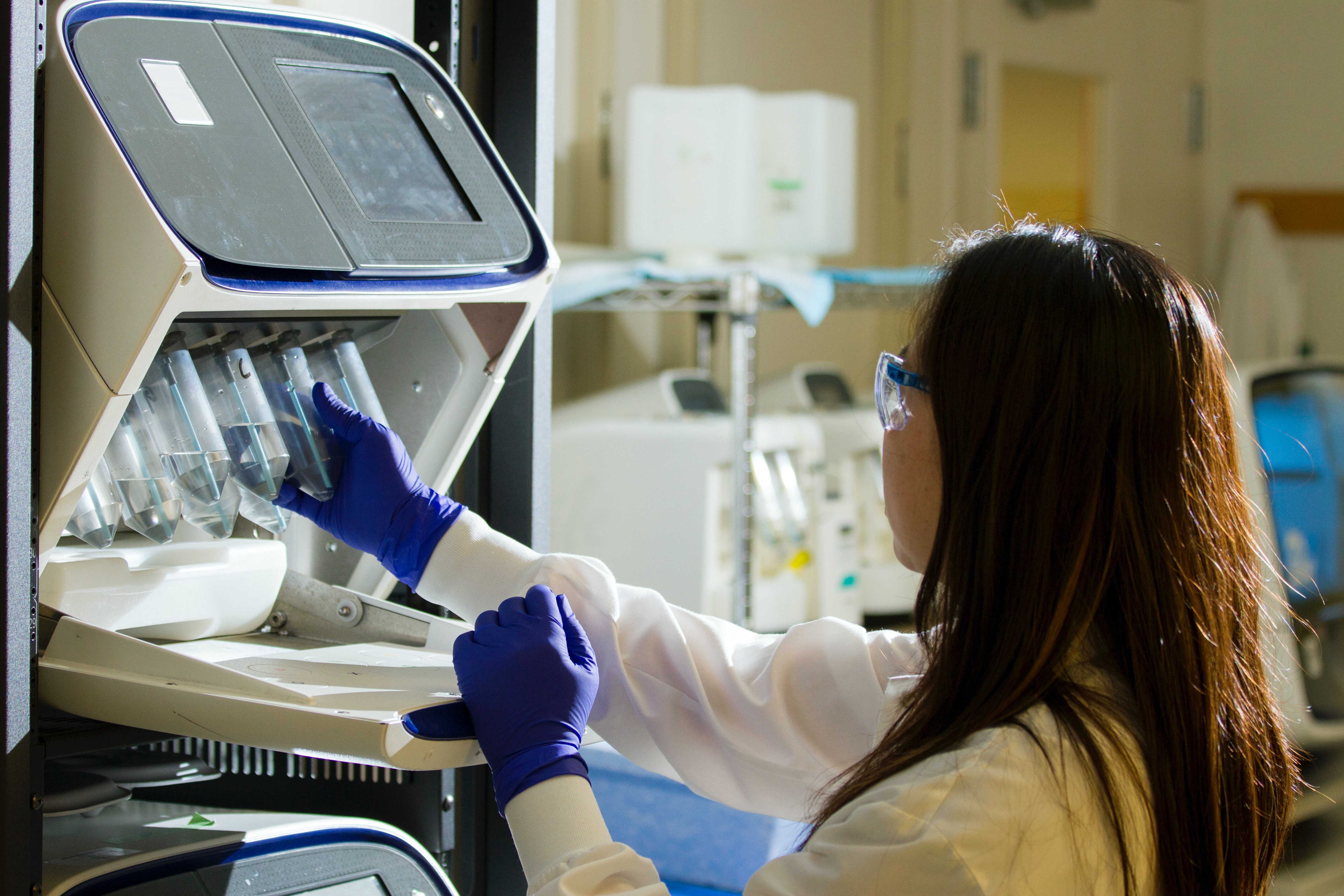Patients with non-Hodgkin’s lymphoma who don’t respond well to standard therapy may have an opportunity to use cutting-edge therapy based on genetically changing their cells.
In fact, the good news is that a growing number of individuals who have been diagnosed with non-Hodgkin’s lymphoma or NHL are receiving CAR-T therapy. But using CAR-T cell therapy typically only occurs after the patient has undergone multiple treatments previously, such as following a round of chemotherapy.
The National Cancer Institute notes that there have been three recent, significant clinical trials that indicate there’s something to the idea that CAR-T therapy will be an appropriate follow-on therapy after a patient has finished the chemotherapy treatment.
What Is CAR-T Therapy?
The term “CAR-T therapy” refers to chimeric antigen receptor-based therapy. The process begins with a medical professional taking blood from the patient with non-Hodgkin’s lymphoma.
This is known as an autologous procedure, using the patient’s own whole blood cells. During leukapheresis in the lab, a scientist fractions the blood to obtain its T cells. At this point, you transduce and expand these captured T cells, employing CARs. Then, you reinfuse these augmented T cells. Inside the body, they identify and kill the cancer.
Clinical Trials Show Promising Results With CAR-T Therapy for Non-Hodgkin’s Lymphoma
Based on the experimental trials using CAR-T therapy, there is value in using CAR-T therapy. Two of the three trials analyzed by the National Cancer Institute showed that patients live longer and do not see a progression in their disease if they receive CAR-T therapy. Under such an approach, doctors will often provide more chemotherapy, and sometimes they arrange to give the patient a stem cell transplant too.
Researchers looking at one of the studies saw patients surviving at least two years after they had their standard treatment and then CAR-T therapy. The remaining two studies are still too nascent, so results will not yet be available to analyze.
Chemotherapy-resistant Non-Hodgkin’s Lymphoma Therapy Selection
For about 70% of patients with non-Hodgkin’s lymphoma, a first course of chemotherapy provides the cure they need. Unfortunately that leaves approximately 30% of NHL patients not responding well to the chemotherapy regimen. For some, the cancer returns.
A second line of treatment will involve another course of chemotherapy, which has attendant problems of its own, with unpleasant side effects. Since second-line treatment, also known as “salvage chemotherapy” is not yielding ideal results, doctors are interested in CAR-T therapy as a way to bolster their patients’ hopes for recovery and staying in remission for many years.
Work at Dana-Farber Cancer Institute Continues Apace for Patients With Non-Hodgkin’s Lymphoma Using CAR-T Therapy
It’s worth noting that the Food and Drug Administration in the United States has approved the use of CAR-T therapy to treat patients who have not been responding well or whose non-Hodgkin’s lymphoma has returned following other therapy (i.e., chemotherapy), according to the Dana-Farber Cancer Institute. The institute is one of the pioneering centers in the U.S. now offering CAR-T treatment as approved by the FDA.
Eligibility criteria for the use of CAR-T therapy in patients suffering from NHL include a verified diagnosis of a form of lymphoma that the patient has not experienced relief after at least two courses of therapy or if there has been a relapse.
So at the Dana-Farber Cancer Institute, CAR-T therapy is now regarded as a standard of care for patients who have not otherwise been responding well to conventional treatment for their non-Hodgkin’s lymphoma or who eventually had the disease return.




